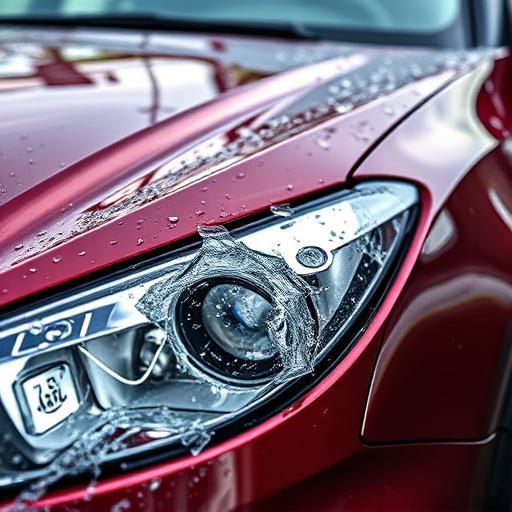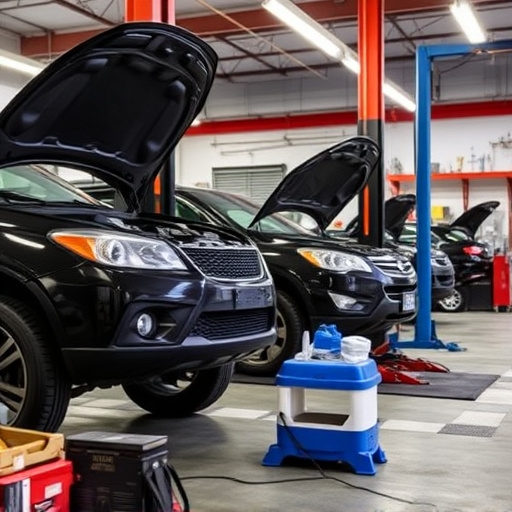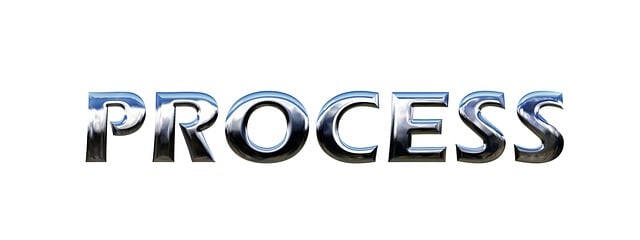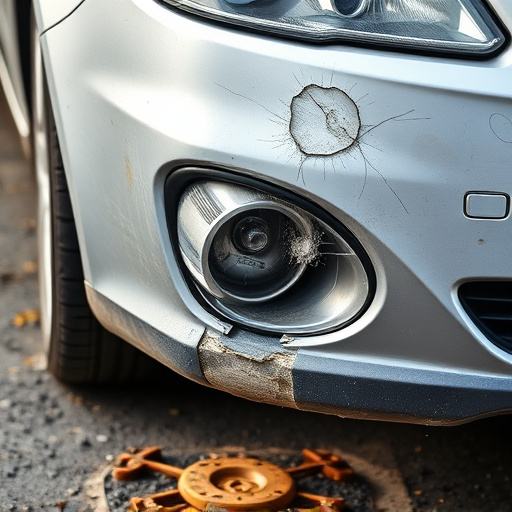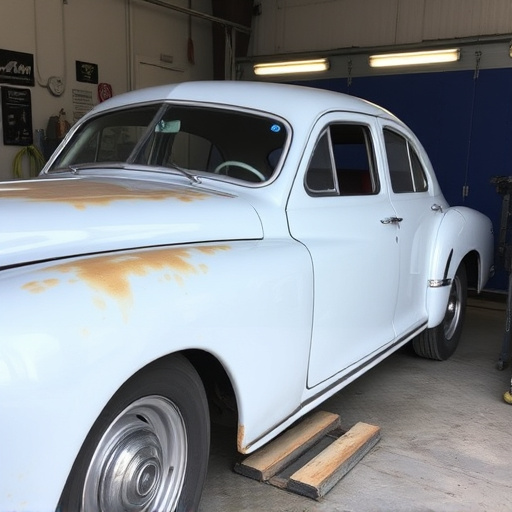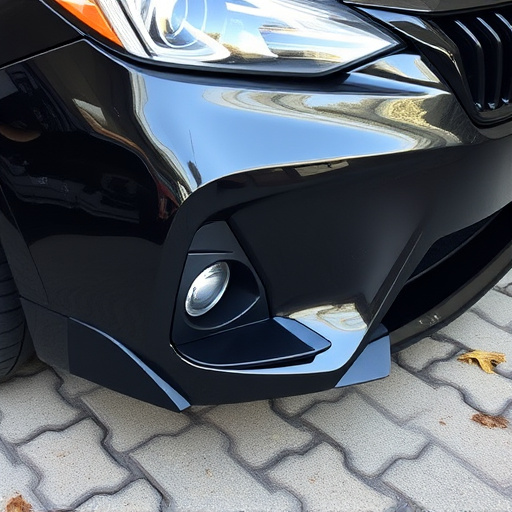For effective customer repair education, understanding audience needs is key. Segmenting customers allows for tailored content delivery—some prefer online tutorials, while others opt for in-person workshops. Offering diverse topics from basic to advanced auto maintenance ensures engagement across skill levels, establishing your brand as a comprehensive automotive resource. By identifying and addressing customer challenges like lack of awareness about common repairs, businesses can offer tailored solutions, build trust, and empower customers to make informed decisions. Personalizing educational content based on demographics and purchase history creates targeted resources that resonate with specific groups, fostering active participation and strengthening brand connection.
Encouraging customers to engage with repair education is crucial for fostering loyalty and empowering them to take control of their products’ longevity. This article explores strategies to bridge the knowledge gap between consumers and repairs, focusing on understanding your audience, creating compelling content, and incentivizing learning. By implementing these tactics, businesses can transform mundane maintenance into an engaging journey, ultimately enhancing customer satisfaction and repair literacy. Discover how to tailor educational experiences to specific needs, making complex repairs accessible and encouraging a culture of self-reliance.
- Understanding Your Audience: Tailor Repair Education to Customer Needs
- – Identify customer pain points and knowledge gaps regarding repairs
- – Personalize educational content based on demographics and purchase history
Understanding Your Audience: Tailor Repair Education to Customer Needs
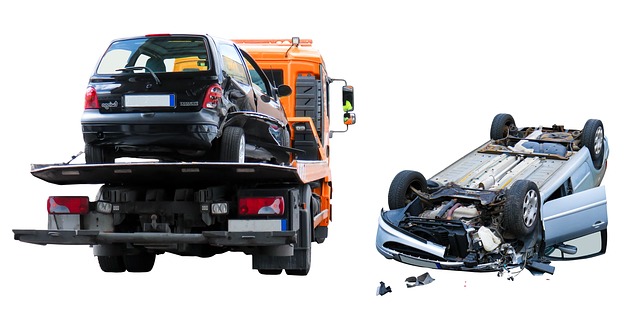
Understanding your audience is key when crafting any marketing or educational strategy, especially for something as specialized as customer repair education. Every customer has unique needs and preferences; some may be enthusiastic about learning new skills while others might be hesitant due to a lack of time or confidence. By segmenting your customers into distinct groups, you can tailor your approach effectively. For instance, young tech-savvy individuals might gravitate towards online video tutorials, while traditionalists might prefer in-person workshops.
When creating repair education content, consider the diverse backgrounds and skill levels of your customers. Offer a range of topics, from basic auto maintenance tips to advanced techniques like auto painting or bodywork. Providing a variety ensures that even those with specific interests are engaged, fostering a sense of community around your brand as a go-to resource for all things automotive.
– Identify customer pain points and knowledge gaps regarding repairs

Understanding your customers’ challenges is a powerful first step in encouraging them to engage with repair education. Many individuals often lack awareness or knowledge about the intricacies of common repairs, such as car scratch repair or paintless dent repair techniques. This knowledge gap can lead to delayed or avoided maintenance, as folks might not realize the simplicity and affordability of these services. For instance, a customer might mistakenly believe that a small scratch on their vehicle requires a full paint job from a collision repair shop, when in fact, quick and cost-effective methods like car scratch repair are available.
By identifying and addressing these pain points, businesses can offer tailored solutions. Educating customers about the benefits of proactive repair care can empower them to make informed decisions. For example, explaining how regular maintenance or swift action on minor issues can prevent more complex and expensive repairs in the future, whether it’s for a car scratch repair, paintless dent repair, or collision-related concerns. This approach fosters trust and encourages customers to view repair education as an essential aspect of vehicle ownership.
– Personalize educational content based on demographics and purchase history

Personalizing educational content is a powerful strategy to engage customers with repair education tailored to their unique needs and interests. By analyzing customer demographics and purchase history, businesses can create targeted resources that resonate with specific groups. For instance, a collision repair center might offer specialized workshops for young drivers on safe driving practices and vehicle maintenance, leveraging their age and recent car purchases. Similarly, an automotive repair shop could provide detailed guides on DIY basic repairs for older customers who own classic cars, appealing to their passion for vintage vehicles.
This personalized approach ensures that educational efforts are not one-size-fits-all but instead cater to diverse customer profiles, making the learning experience more relevant and compelling. When customers feel their specific needs are addressed, they’re more likely to actively participate in repair education initiatives, fostering a deeper connection with your brand whether it’s through vehicle restoration or general automotive repair services.
Encouraging customers to engage with repair education is a powerful strategy to build trust, enhance customer satisfaction, and foster long-term relationships. By understanding your audience and tailoring educational content to their specific needs and pain points, you can make complex repairs more accessible and less intimidating. Personalizing the learning experience based on demographics and purchase history ensures that customers feel valued and supported throughout their repair journey. Investing in customer repair education not only empowers individuals with valuable skills but also strengthens your brand’s reputation as a trusted advisor.


